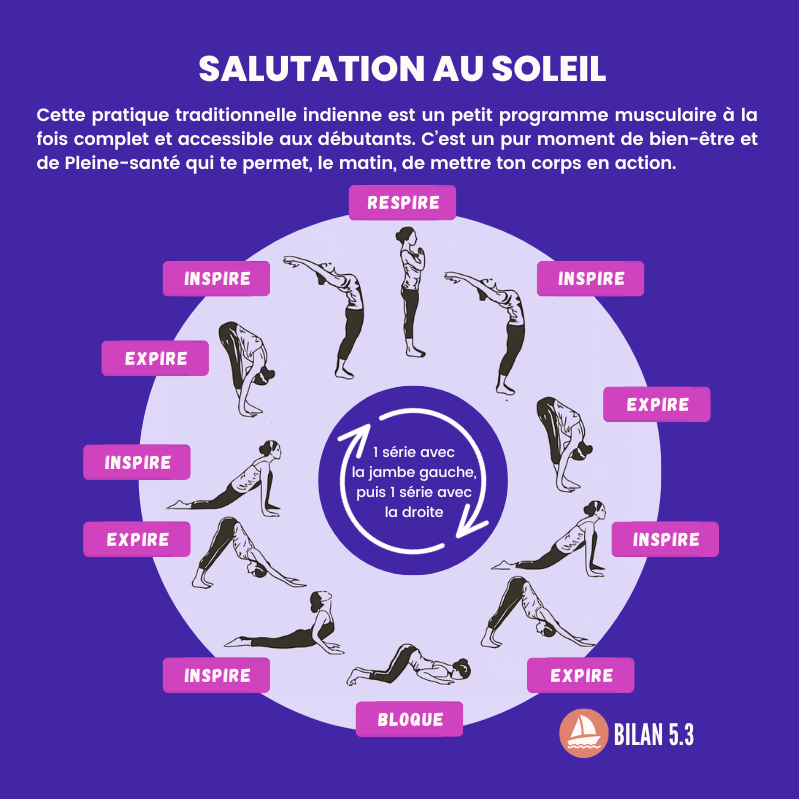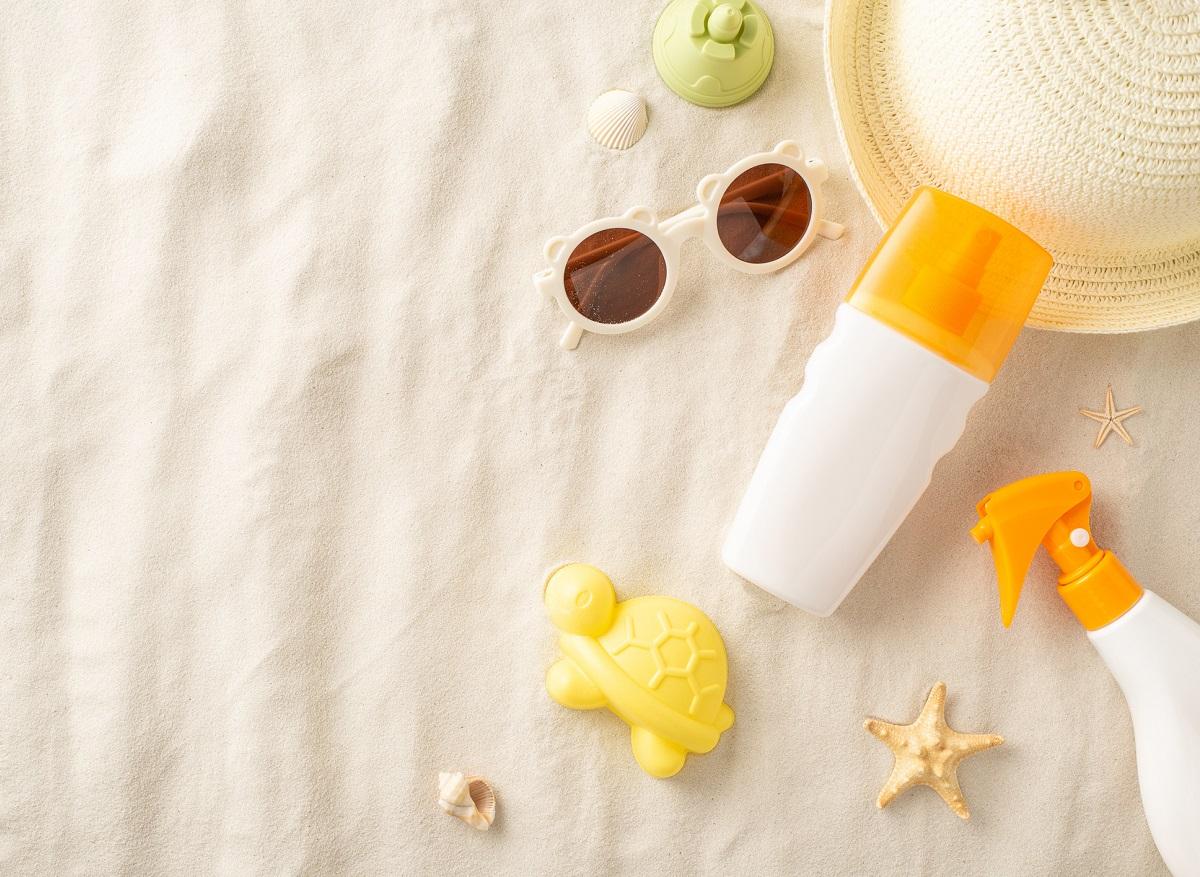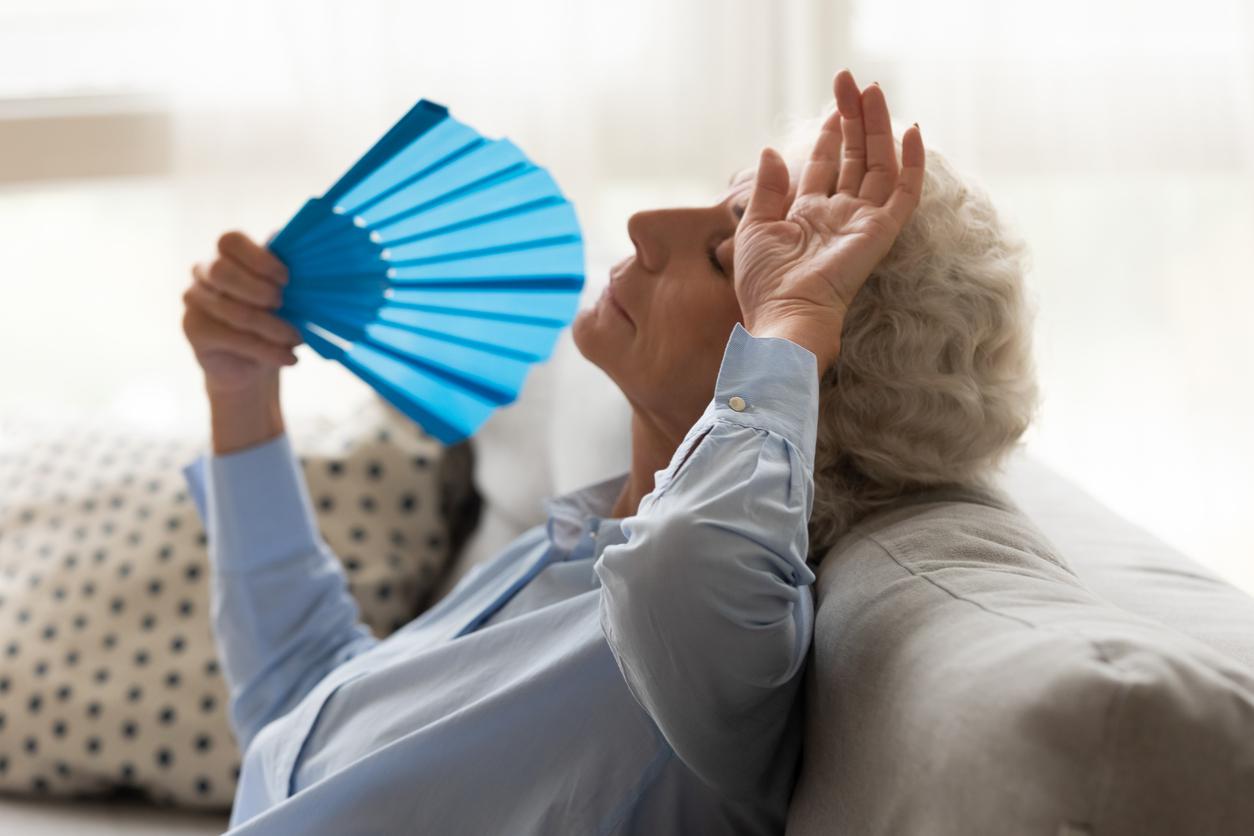Does putting sunscreen on while driving sound out of the ordinary? Yet, according to a new American study published in the scientific journal JAMA Ophthalmology, car windows would not block UV rays. Hence the need to protect yourself from the sun, even on the road …
Little reminder: ultraviolet (or UV) rays make up sunlight. They are invisible to the naked eye but can be classified into 3 groups. UV-A are the most frequent: they represent 98% of UV rays and contribute to the appearance of certain skin cancers, to the aging of the skin and the lens and to the Sun tanning. UV-B rays are responsible for sunburn, cataracts and can cause immune system disorders. UV-C is deadly … but fortunately it does not cross the ozone layer!
Researchers at the Boxer Wachler Vision Institute in Beverly Hill (USA) tested 29 cars from 15 different brands and built between 1990 and 2014 using a UV radiometer.
Sunglasses, long sleeves and sunscreen
Results ? On average, windshields blocked 96% of UV-A rays: protection ranged from 95% to 98%. Nothing to say on that side, then. On the other hand, the windows which were on the doors, they blocked between 44% and 96% of UV-A only. In addition, only 4 out of 29 cars had 90% or more protection at the side windows …
“Windshields are generally made of laminated glass, which more easily blocks UV rays,” explains Dr. Brian Boxer Wachler, the main author of this work. While the side windows are made of tempered glass, which is less efficient. “
“The price of the vehicle is not a reliable parameter,” he adds. Behind the window of your car, you are not immune to sunburn – even if the glass is tinted. In the height of summer, we recommend wearing sunglasses and long sleeves in the passenger compartment, as well as the use of a Solar cream suitable, even if the journey is not long and especially for children. It is your health that is at stake. ”A little restrictive but essential!
















